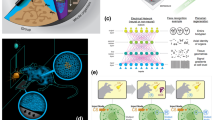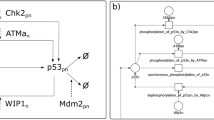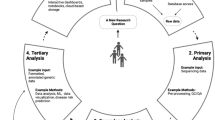Abstract
Numerous research groups are now utilizing Basic Formal Ontology (BFO) as an upper-level framework to assist in the organization and integration of biomedical information. This paper provides elucidation of the three BFO categories of function, role, and disposition, and considers two proposed sub-categories of artifactual function and bio-logical function. The motivation is to help advance the coherent treatment of functions, roles, and dispositions, to help provide the potential for more detailed classification, and to shed light on BFO’s general structure and use.
Similar content being viewed by others
Article PDF
Author information
Authors and Affiliations
Corresponding author
Rights and permissions
About this article
Cite this article
Arp, R., Smith, B. Function, Role, and Disposition in Basic Formal Ontology. Nat Prec (2008). https://doi.org/10.1038/npre.2008.1941.1
Received:
Accepted:
Published:
DOI: https://doi.org/10.1038/npre.2008.1941.1
Keywords
This article is cited by
-
The Man Behind the Curtain: Appropriating Fairness in AI
Minds and Machines (2024)
-
The cell line ontology-based representation, integration and analysis of cell lines used in China
BMC Bioinformatics (2019)
-
On the formal impossibility of analysing subfunctions as parts of functions in design methodology
Research in Engineering Design (2013)
-
The Cognitive Paradigm Ontology: Design and Application
Neuroinformatics (2012)



